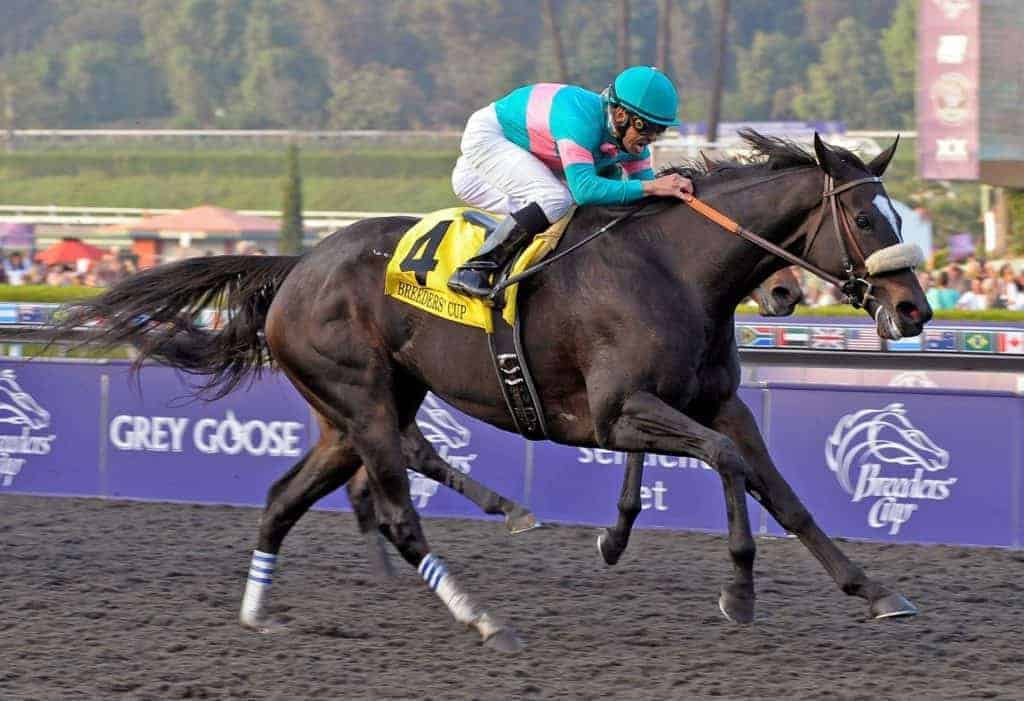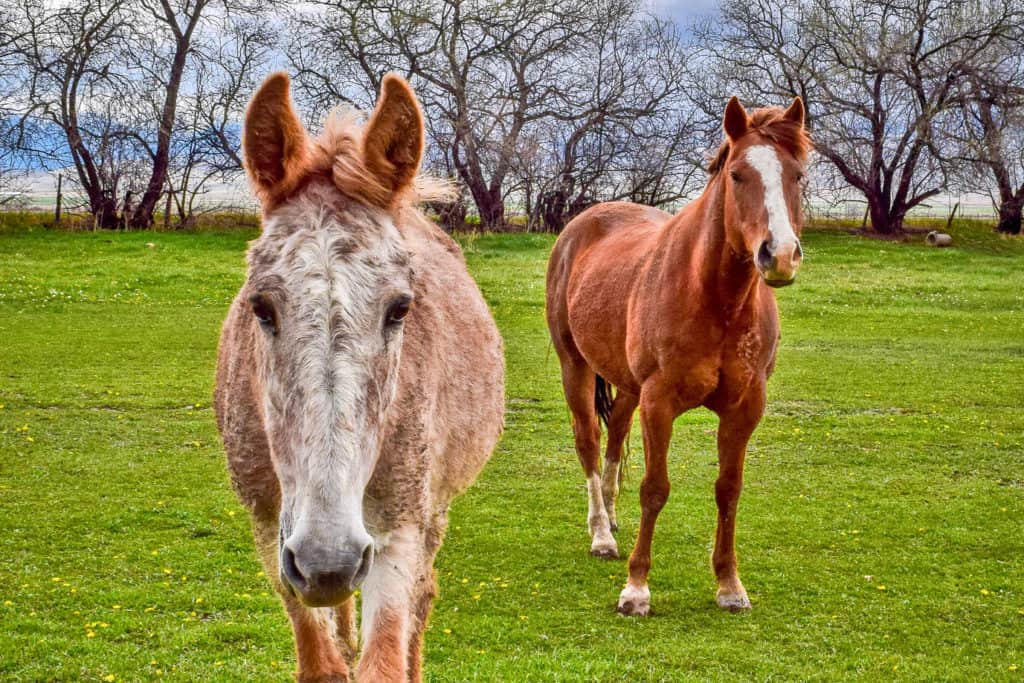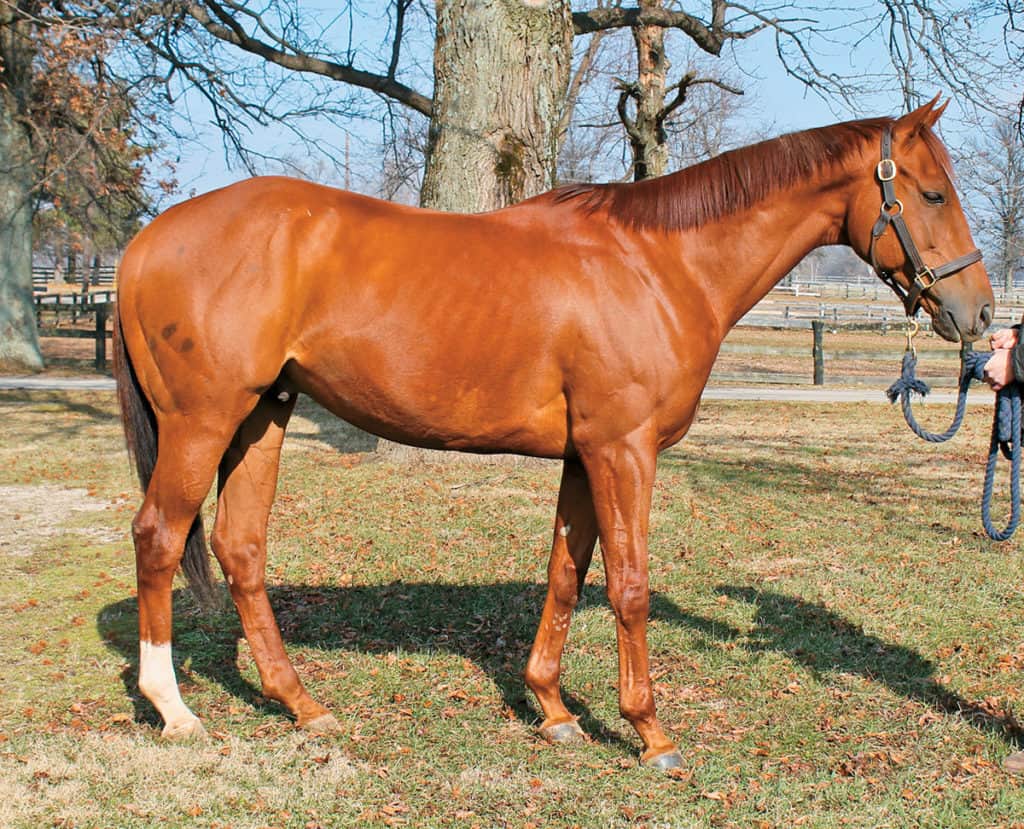
Polly the Mule’s Cross-Country Journey: Health and Welfare Considerations
Polly’s owner planned ahead to keep her healthy and happy over their 2,500-mile, 14-month journey from the Canadian to Mexican borders.

Polly’s owner planned ahead to keep her healthy and happy over their 2,500-mile, 14-month journey from the Canadian to Mexican borders.

About 7% of tested equids were positive for the presence of antibodies against Besnoitia, the first time researchers have detected such antibodies in European equids.

Many Thoroughbreds start racing at 2, but Justify didn’t make his first start until he was 3 and won the Triple Crown. Does this mean we shouldn’t start racing horses until they’re older? An equine surgeon and lameness specialist weighs in.

An ideal conditioning and racing program allows racehorses to perform at their peak, remain sound through their racing careers, and be ready to commence a second career in another discipline.

Researchers are working to find other potential race-day therapies that can be used to manage EIPH if proposed legislation banning race-day furosemide use in the U.S. is passed.

Mules are extremely quick learners. Here are a few things to remember when working with them.

Researchers are examining the rate of injury and illness in North American 2-year-old Thoroughbreds in training.

A look at racing ethics could help researchers and industry members acknowledge rightful concerns from a well-meaning public, help resolve misconceptions, and contribute to better equine welfare.

Presenters will speak on pre-race examinations, on-track protocols, test barn best practices, technology resources, biosecurity, and more.

Dr. Janik Gasiorowski and Steuart Pittman share what they look for when evaluating an OTTB prospect’s conformation.
Learn how to read your horse’s lip tattoo with Patrick Kealy, a horse identifier in Northern California.

In this first part in a series on testing and maintaining equine competition surface, we focus on racetracks.

The summit will be held June 27, 2018, at the Keeneland sales pavilion, in Lexington, Kentucky.

Fatal injuries in North American flat racing horses has decreased by 23%, but there’s still work to be done.

Get tips and information on considerations for choosing and transitioning racehorses for second careers.

More horse organizations are requiring owners to use this identification technology.
Stay on top of the most recent Horse Health news with
"*" indicates required fields